Researchers say the discovery of very high genetic diversity in leopards found in the Highveld region of South Africa has increased the need for conservation efforts to protect leopards in the country.
Tag: Biodiveristy
New Study Confirms FSC-Certified Forests Help Wildlife Thrive in the Congo Basin
a new study reveals compelling evidence that forests certified by the Forest Stewardship Council®(FSC®) in Gabon and the Republic of Congo harbour a higher abundance of larger mammals and critically endangered species, such as gorillas and elephants, compared to non-FSC certified forests. The research was led by Utrecht University with support from WWF and the Wildlife Conservation Society (WCS), and was published in Nature on 10 April 2024. It underscores the effectiveness of measures implemented in FSC-certified forest concessions to safeguard wildlife.
Australasia’s hidden pollination crisis could threaten biodiversity and food security
Australasia has likely overlooked a pollination crisis, according to new research published today in the journal Ecology and Evolution.
GW Expert Available: UN Committee Meets This Week on Treaty to End Global Plastic Pollution
Talks are underway this week to create a global treaty that would bring an end to plastic pollution. According to The Associated Press, a United Nations committee is meeting in Paris to work on what would be a landmark agreement that…
Years of monarch research shows how adding habitat will help conservation
A new peer-reviewed journal article provides an overview of Iowa State University research on the monarch butterfly, a synthesis of years of study that includes field observations, laboratory experiments and simulation modeling. The findings estimate that the state’s monarch conservation plan will increase the size of the monarch population by 10-25% per generation.
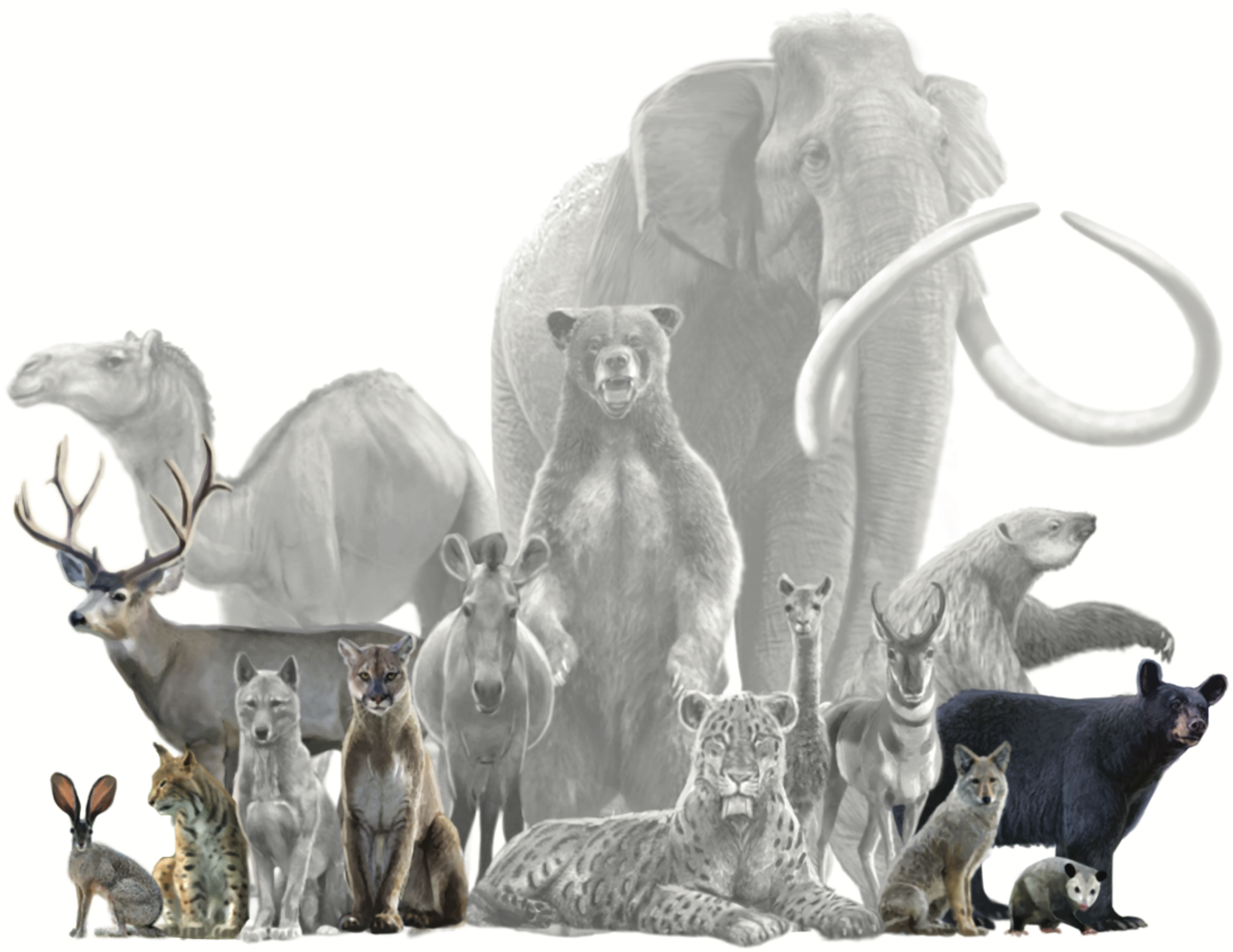
Study Reveals How Prehistoric Humans Simplified the World’s Food Webs
Research conducted with the help of a University at Albany anthropologist has revealed the cascading effects that humans have had on mammal declines and their food webs over the last 130,000 years, a new study in the journal Science shows.
The history of insects living on the open ocean tracked with the history of the currents they ride
The open oceans are harsh and hostile environments where insects might not be expected to thrive. In fact, only one insect group, ocean skaters, or water striders, has adapted to life on the open seas.
How these insects evolved to conquer the high seas, however, was not known.
Now, a study of the genetics of skaters by scientists from the National University of Singapore (NUS) and Scripps Institution of Oceanography at UC San Diego provides a clue. The answer has to do with when major currents in the eastern Pacific Ocean came into existence with each species of skater evolving to match the unique conditions of those currents.
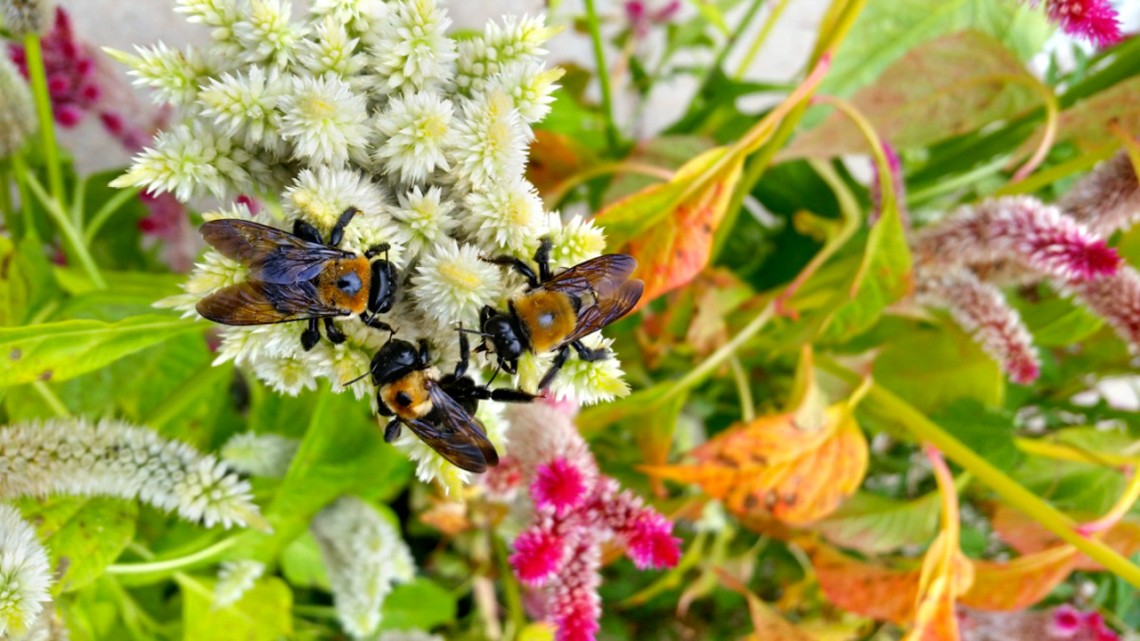
Study identifies spread of bee disease via flowers
One in 11 flowers carries disease-causing parasites known to contribute to bee declines, according to a Cornell University study that identifies how flowers act as hubs for transmitting diseases to bees and other pollinators.
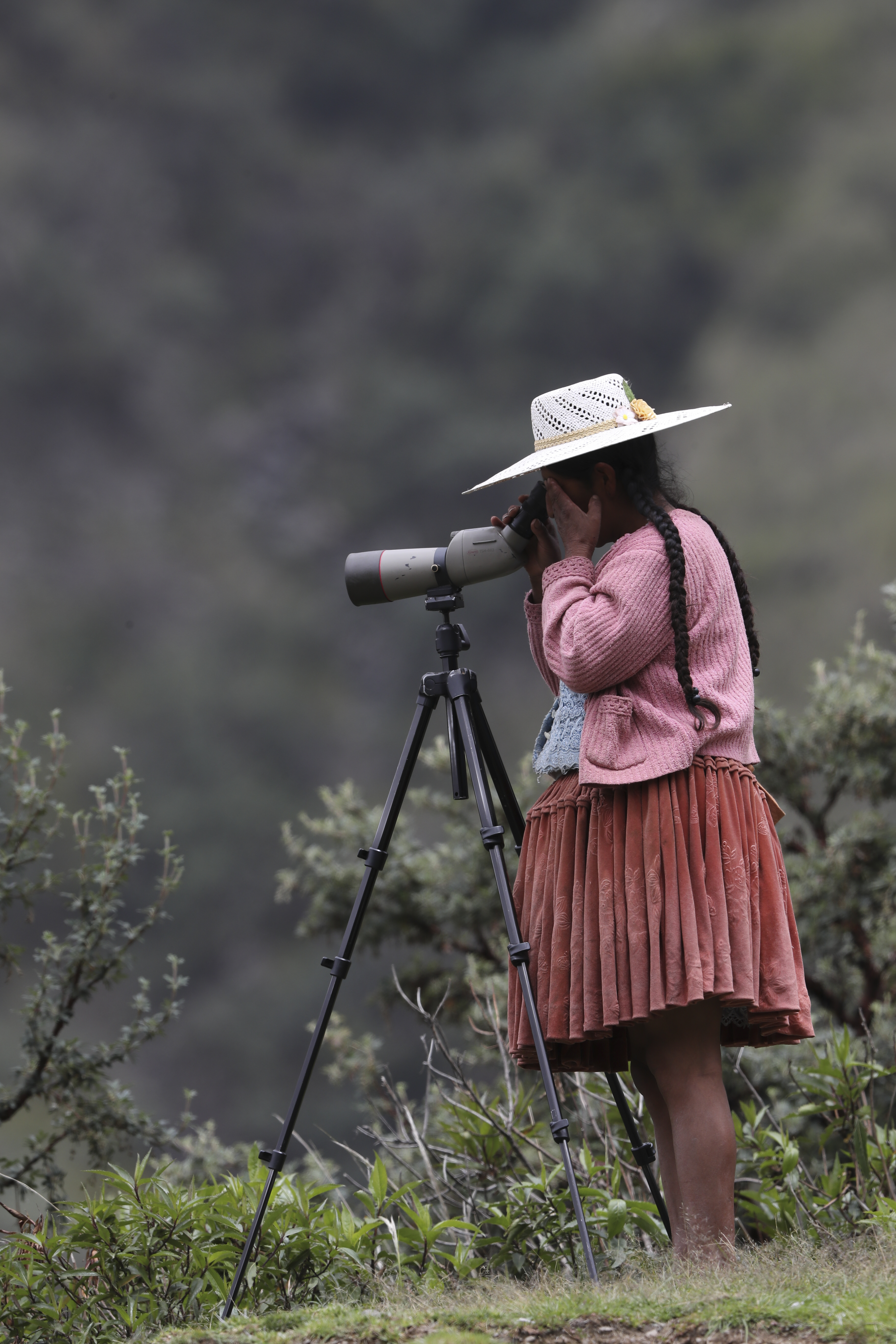
Community science birding data does not yet capture global bird trends
Ornithologists at the University of Utah say that community science bird data shows different trends in bird populations than professional bird surveys do, especially in developing countries. More observations are needed, the researchers say, both by birders and professionals.
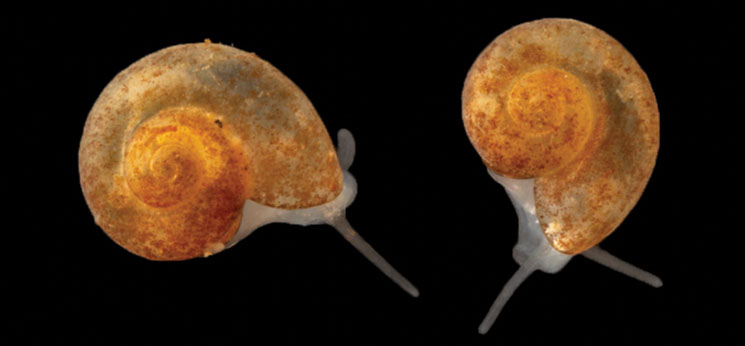
Big science, tiny snail
Researchers discovered the Tennessee cavesnail, Antrorbis tennesseensis, in caves near Oak Ridge National Laboratory. The snail measures in at less than 2 millimeters long.
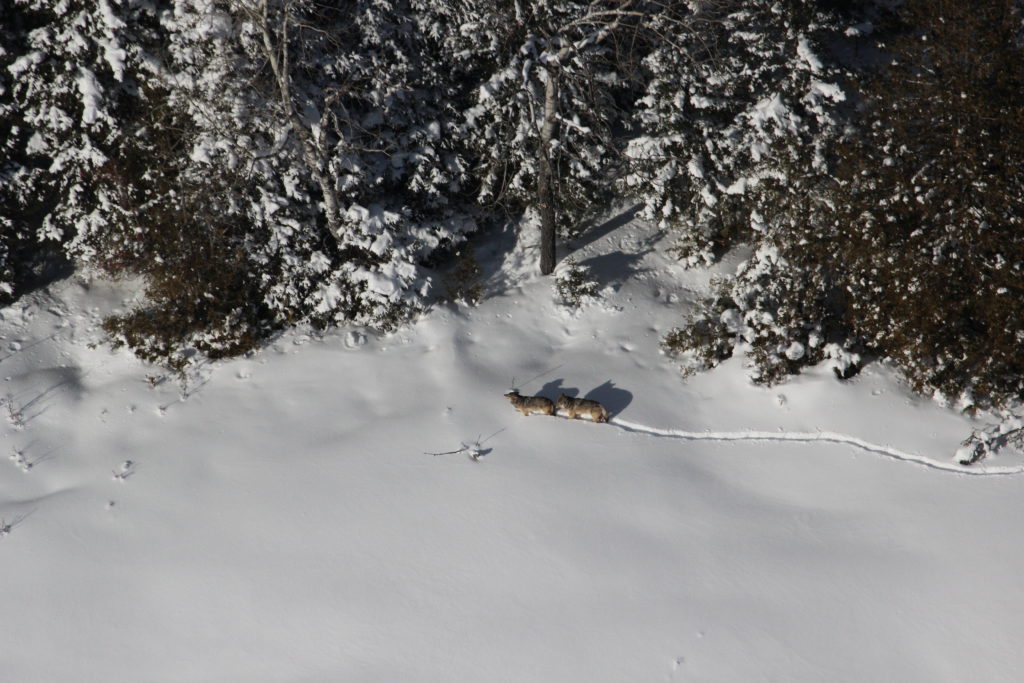
What Is An Endangered Species?
What makes for an endangered species classification isn’t always obvious.
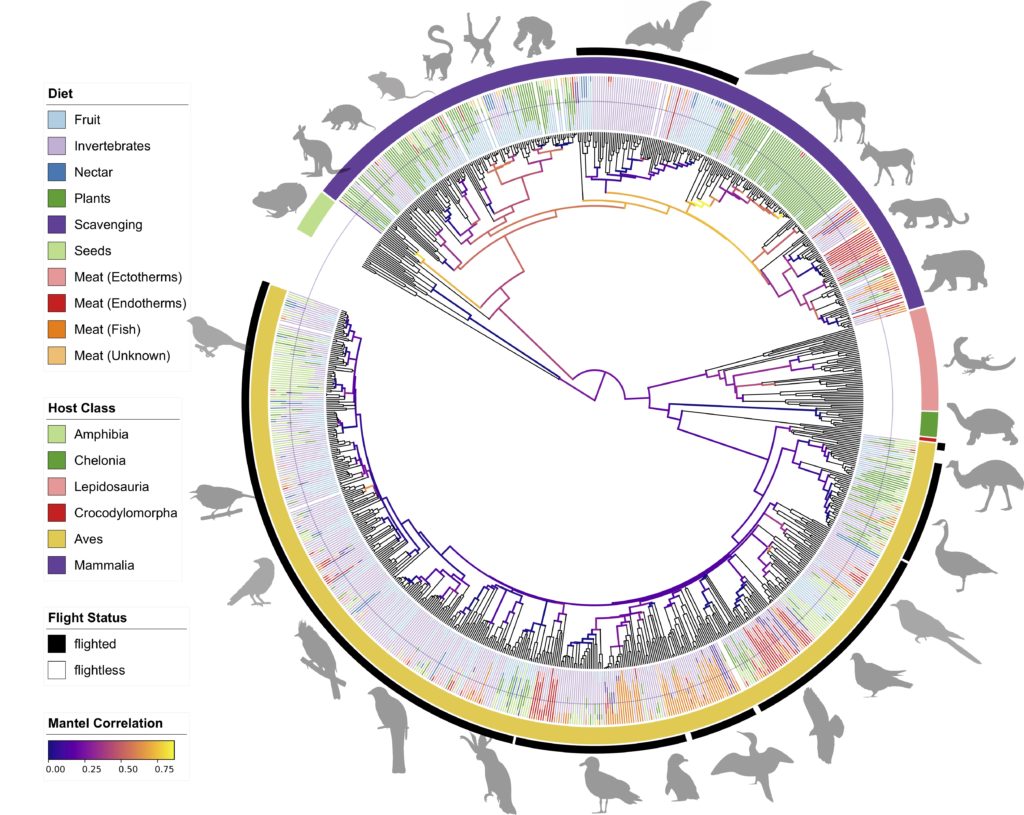
The Birds and the Bats: Evolving to Fly May Have Had Big Effect on Gut Microbiome
UC San Diego researchers studied nearly 900 vertebrate species and found that bats have unusual gut microbiomes that more closely resemble those of birds than other mammals, raising questions about how evolutionary pressures change the gut microbiome